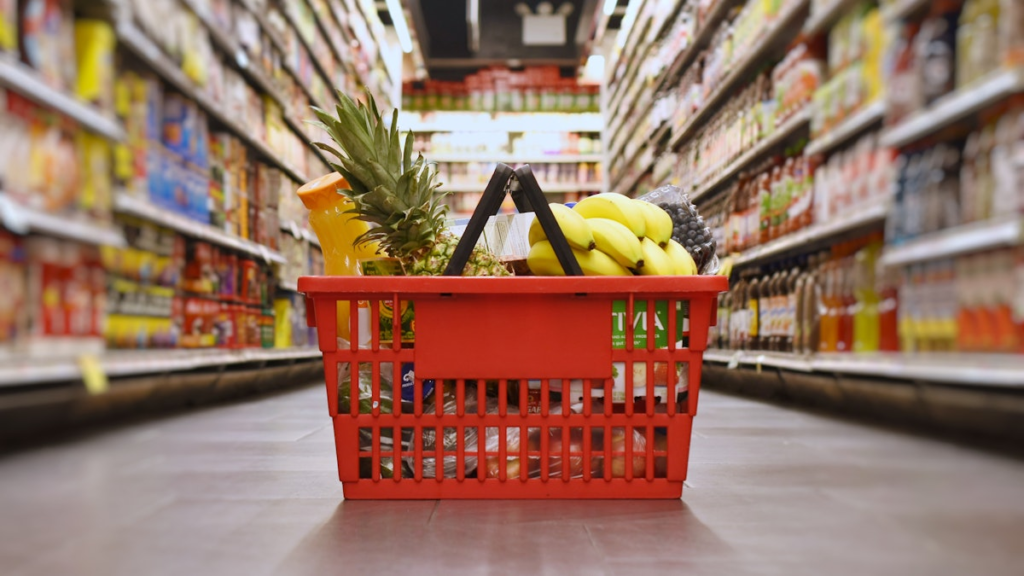As we approach 2025, the commodities market feels more unpredictable than ever. In all my 15 years in risk management, I’ve seldom seen such a mix of factors affecting prices – especially those tied to the food sector. Agricultural commodities are under significant pressure, but energy and metals also play crucial roles in shaping the landscape we must navigate.
This level of volatility has become the new normal. Over the course of the week prior to my writing this article – hardly an atypical week, mind you – sugar prices surged 20%, soybean oil climbed 11%, and aluminum dipped from $2,500 to $2,300 per ton before bouncing back. Such wild swings are not isolated incidents, and it’s not the direction that matters – it’s the violence, speed, and volatility of these movements that’s so alarming.
I recently spoke with the owner of a mid-sized cookie manufacturing company. She was deeply concerned about the erratic costs and unpredictable availability of key ingredients and materials.
“It’s not just about sugar and flour anymore,” she said. “The price of cocoa is all over the place, packaging materials are getting expensive, and energy costs fluctuate wildly.” To cope, she had to increase the buffer on her prices from 25% to 30%.
“I knew it made me less competitive, but I had no choice,” she told me. This was before she started addressing risk more effectively in recent months by employing a sophisticated, data-driven procurement strategy. Her situation reflects the challenges many of us face in the industry.
Let’s take a closer look at some of the key trends that are contributing to the high levels of volatility in today’s commodity markets.
Global Geopolitical Instability
One major factor contributing to this volatility is global geopolitical instability. China’s recent aggressive economic stimulus measures and its stockpiling of commodities like copper have increased market uncertainty by introducing supply constraints.
Conflicts in the Middle East are escalating tensions. The ongoing hostilities involving Israel, Hamas, and Hezbollah have brought the region to the brink of a larger-scale conflict potentially involving Iran. This situation increases uncertainty in the energy market, as the Middle East is a critical region for global oil supply. Any escalation can have immediate effects on oil prices, which in turn impact transportation and production costs within the food industry.
Similarly, the ongoing war in Ukraine affects global grain exports. Ukraine is a significant exporter of wheat and other grains. Disruptions there lead to shortages and price hikes worldwide, affecting everything from bread to livestock feed.
Natural Disasters
Natural disasters are also playing a significant role. Fires in Brazil have impacted sugar production, leading to the 20% price surge we saw recently. Adverse weather conditions in Africa have affected cocoa harvests, causing fluctuations in chocolate prices, a major concern for our cookie manufacturer.
Even if raw commodity prices like wheat and sugar were to remain relatively stable over longer periods, in the short term, volatility is fierce – the violent swings in prices come at a cost. This volatility forces manufacturers to either absorb the additional expenses or increase the buffer on their prices to cope with the unpredictability.
However, adding a 30% buffer not only makes products more expensive for consumers but also makes businesses less competitive.
Political Uncertainty
The upcoming US presidential elections add another layer of complexity. Policy shifts with a new administration could affect trade agreements, environmental regulations, and fiscal policies.
This uncertainty makes it challenging for businesses to plan ahead. A sudden change in trade policy could impact the cost of imported raw materials, while new environmental regulations might affect operational costs.
The Fed’s Monetary Policies
Another key factor adding to this volatility, in all likelihood unintentionally, is the Federal Reserve’s recent shift in monetary policy.
The Fed has two main goals: keep inflation in check and support employment. After raising interest rates over the past two years to fight inflation, they’ve now started cutting rates, beginning with a significant 50 basis point reduction. This move suggests the Fed believes it’s time to focus on the downward-adjusted, slowing job market.
However, if inflation picks up again due to factors like rising or especially volatile commodity prices, the Fed might have to pause further rate cuts or even possibly raise the rates. Such a reversal would likely trigger further uncertainty and volatility across all markets, impacting manufacturers and the entire economy. Frequent policy changes make it even harder for businesses to plan and operate efficiently.
If the Fed halts rate cuts to combat renewed inflation, borrowing costs could remain high, affecting capital investments and operational expenses. This potential shift adds another layer of unpredictability for manufacturers trying to navigate an already complex landscape.
Navigating the Turbulence
For businesses in the food industry, this environment makes long-term planning incredibly challenging. Costs of ingredients, packaging, energy, labor, and transportation are all subject to sudden and unpredictable changes. The uncertainty in commodity prices, coupled with potential inflation and policy reversals, puts immense pressure on profit margins and operational stability.
As we move into 2025, recognizing these challenges is only the first step. Taking decisive action to manage risks and enhance efficiency will be crucial. It’s about being proactive rather than reactive, leveraging every available tool to safeguard against uncertainty.
The road ahead is fraught with challenges, but the challenges are not insurmountable. By staying informed, being adaptable, and working together, we can navigate this unpredictable market. Here’s to facing the uncertainties of 2025 with resilience, efficiency, and determination.
Avi Shaposhnik is the co-founder and CEO of Hedgify.

